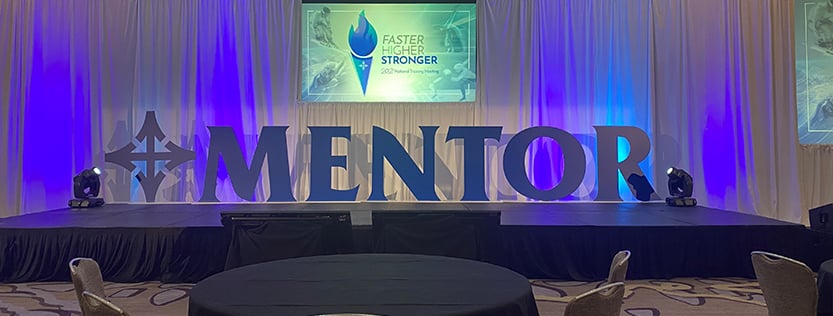Experiential Signage & Graphic Design
Read time: 4 minutes | Author: PRI Graphics | Posted: July 26th, 2023
Decoding Experiential Signage: What Is It and How Can It Benefit You?
Experiential signage is an innovative concept that breathes life into the mundane world of signs. Fostering engagement between the viewers and the signage information. It extends far beyond traditional architectural signage. Offering creative wayfinding signs, environmental graphics, and more. Experiential graphic design has been a game-changer for various businesses and organizations. Presenting a compelling avenue to convey your message and captivate your audience.
Its versatility is manifest in a variety of forms – thematic motion graphics, signage boasting optical illusions, 2D and 3D signage for exhibitions and branding, to name a few. A distinct concoction of technology, visual elements, typography, and unique content. Experiential graphic design carves out an immersive environment that connects with the audience and conveys your message successfully.
Find out how our Phoenix Printing Company can
Put Your Creative Ideas
to Work in a Big Way!
Contact Our Print Professionals
Email Usor Call:+877-409-8889
Understanding Audience Perception: Two Crucial Factors
Experiential signage blends all the essential design elements to appeal to viewers while also considering other significant factors that shape audience perception.
When pondering experiential graphic design, two vital considerations are:
- The audience’s prior knowledge, awareness, and experience.
- The context and environment where the signage will be installed.
Experiential graphic designers intricately plan the final product’s display location, ensuring the design prompts desired interaction and responses from viewers within the space. These elements are integral to crafting experiential signage that delivers a truly memorable experience to the target audience.
The Power of Experiential Signage: A Practical Example
Imagine you’re considering revamping the graphic design of your restroom signage, as customers have been struggling to locate the washrooms situated midway down an infrequently used corridor.
Despite the design’s creativity or size, a sign mounted flat on the wall could easily be overlooked by someone glancing down the hallway. However, adopting an experiential design perspective suggests the use of a blade sign – one that juts out perpendicularly from the wall. This way, even a casual glance down the hallway makes the blade sign instantly visible, successfully guiding customers to their desired destination. Double-sided blade signs can further enhance visibility.
Whether it’s signage for a trade show, mall display, construction site, in-store promotion, or any other customer-interaction-centric environment, experiential graphic design is a worthy consideration. Its ability to captivate and engage the general public is beyond compare.
Check out our Graphic Design FAQ post for more helpful information on this topic.
Meet the Experts at PRI Graphics
Explore our professional digital small format and large format printing services at PRI Graphics in Phoenix. Our sign printing and in-house graphic design services are designed to meet your unique needs. Don’t hesitate to reach out if you have any queries about experiential signage.
Adobe’s insightful blog, ‘The Rise of Experiential Design: What You Need to Succeed,’ offers additional insights into this dynamic field.
Get in touch with us online, drop us an email, or call us at 602-393-3131 or toll-free at 1-877-409-8889 to learn more about how we can revolutionize your signage experience.
You might also be interested in these articles:
Retail Store Graphics Design
Construction Sign Printing
Graphics Printing & Marketing







